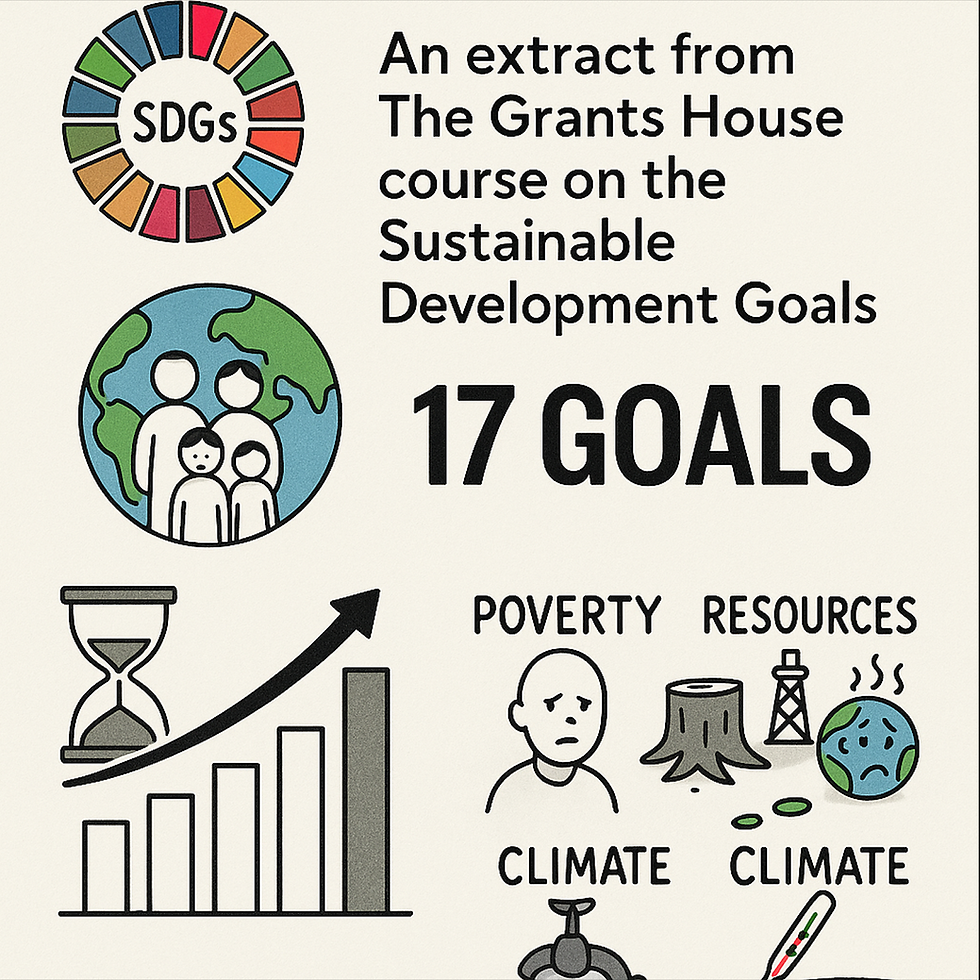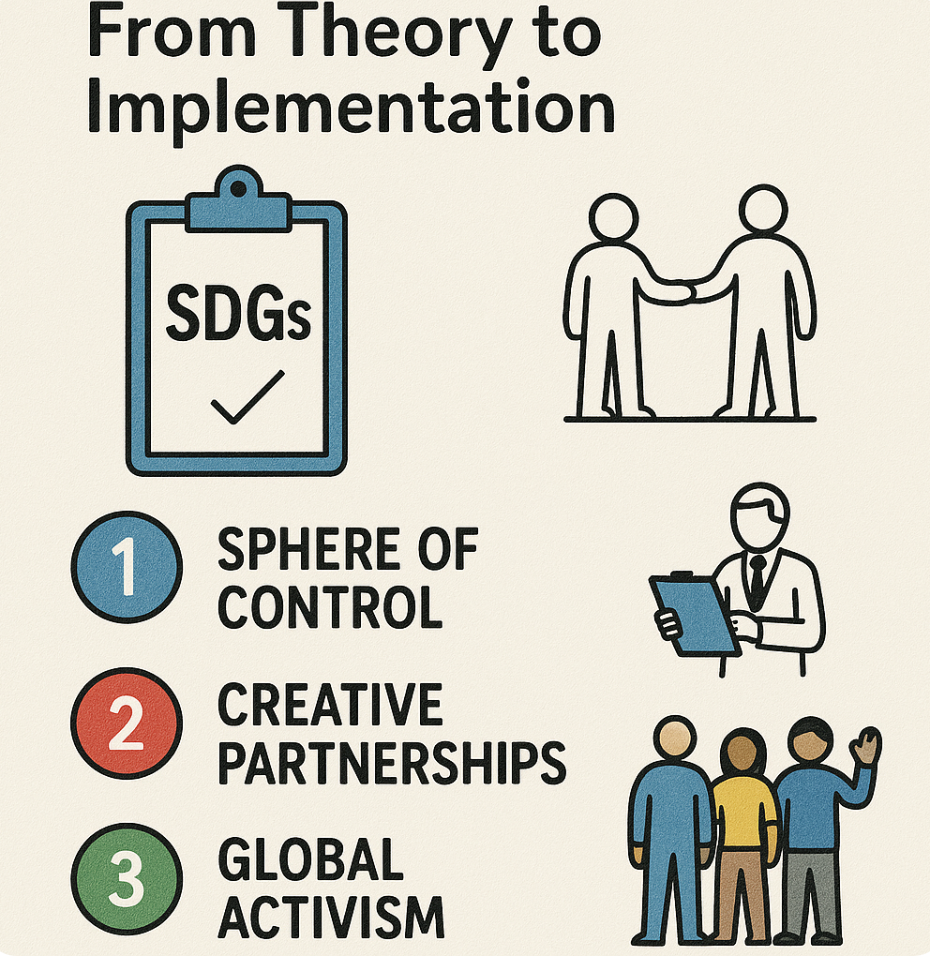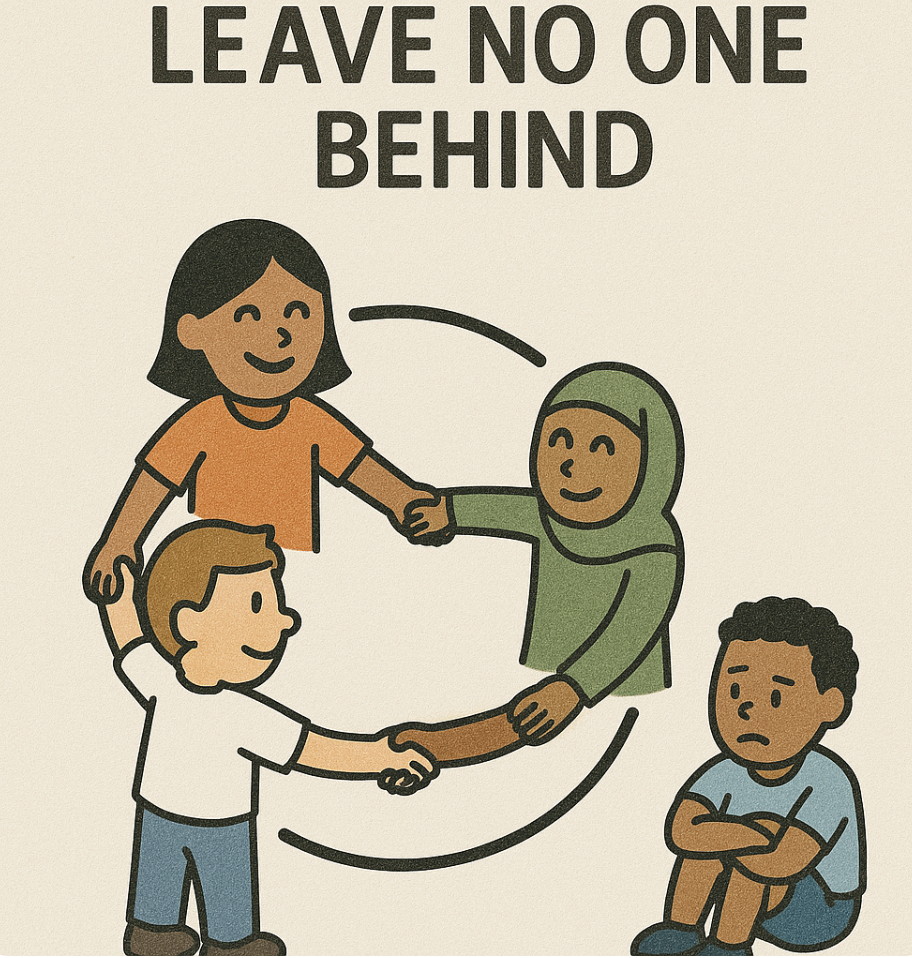Why the Sustainable Development Goals Still Matter in 2025: A Project Manager’s Compass
- Philip

- Jul 29
- 3 min read
From The Grants House Undergraduate Course on Project Management
Listen to our SDG Podcast Deep Dive at: https://www.thegrantshouse.com/ghuniversity

Originally adopted by all 193 UN Member States in 2015, the 17 Sustainable Development Goals (SDGs) aim to eradicate poverty, protect the planet, and promote prosperity for all. But with only five years left, progress has been mixed, and the road ahead is steep. As we edge closer to the 2030 deadline, the SDGs remain as urgent and relevant as ever.
And they are not just global goals for countries. They apply to us as well.
But wait! How does someone like me see a benefit from the SDGs or how do I make a contribution towards meeting those goals? I'm just one person.
This blog draws on an exclusive extract from The Grants House undergraduate course on the SDGs, offering practical insight into how development professionals, policymakers, NGOs, and even everyday citizens can keep the global agenda on track.
📌 What Are the SDGs and Why Do They Matter?
The SDGs replaced the Millennium Development Goals (MDGs) in 2015 with a more inclusive approach. Unlike the MDGs, which largely targeted developing nations, the SDGs apply to every country, developed and developing alike. They represent a global consensus: poverty, climate change, gender inequality, and access to education and justice are universal challenges that demand collective solutions.
But in 2025, many of the challenges have persisted or worsened due to war, pandemics, and environmental degradation. That’s why it’s essential to understand the SDGs not just as aspirations, but as practical tools for project design, policy-making, and accountability.
🎯 The SDGs in Action: From Theory to Implementation

One of the most powerful takeaways from The Grants House course is the idea that every project must link to the SDGs in a tangible way.
Project managers are encouraged to identify which SDGs are within their direct sphere of control, which can be influenced through creative partnerships, and which require global activism. It’s a tiered approach to global transformation.
For example:
SDG 4 (Quality Education), SDG 5 (Gender Equality), and SDG 8 (Decent Work) are often within reach of a single well-run project.
SDG 13 (Climate Action) and SDG 11 (Sustainable Cities), on the other hand, may require broader coalitions and policy-level change.
🧱 The Infrastructure Dilemma

Consider this staggering fact: a single mid-sized building can release over 100,000 tons of carbon emissions during construction. The Burj Khalifa in Dubai? An estimated 250,000 tons.
Infrastructure and climate change are inextricably linked. So when project managers build clinics, schools, or roads, they must now ask: What is the environmental cost? Is this sustainable? Is it equitable?
In short, physical capital must not destroy natural capital. And yet, corruption, weak regulations, and poor planning often result in environmental degradation and inequality, undermining the very goals we seek to achieve.
👶 A Real-World Case Study: Children and SDG 16.2
In a powerful section of The Grants House lecture, Dr. Phil Tanner shares his firsthand experience advocating for SDG 16.2: ending violence against children. Despite its obvious moral weight, the goal faced resistance and measurement challenges.
Through persistent lobbying and the creation of “Pathfinder Countries,” agencies successfully worked with Paraguay (one of the pathway countries identified) to implement a 21-point agreement between government officials and child representatives. Youth-led dialogues, data collection frameworks, and advocacy platforms followed.
The message?
Even the most neglected goals can come alive when backed by passion, partnerships, and policy-savvy programming.
⏳ Leaving No One Behind: A Call to Action

Every phase of the project cycle (design, planning, implementation, closure) must also grapple with one central SDG universal principle: Leave No One Behind (LNOB).
This means:
Mapping marginalized groups (e.g., remote communities, people with disabilities, stateless individuals).
Designing inclusive activities from the start.
Reporting back not just to donors but to the communities themselves (especially disadvantaged groups).
The Grants House course reminds us that participation must be meaningful, not tokenistic. And impact must be both measurable and felt.
🌱 Final Reflection
The SDGs are more than a list. They are a compass that is pointing toward justice, equity, and sustainability. But they need champions: thoughtful project managers, engaged citizens, and courageous advocates who can turn lofty targets into grounded reality.
So ask yourself:
📌 Which two or three SDGs are closest to your heart?
📌 How can you make an impact, within your reach or by amplifying your influence?
Because when we break it down, the 2030 Agenda is everyone’s responsibility. And the clock is ticking.

📲 Want to explore more? Download the SDGs in Action app from the Apps Store and track your favourite goals.
Or visit
https://www.thegrantshouse.com/ghuniversity to get free access to our Deep Dive Podcasts and/or enroll in our full courses.





Comments